After the great and recent success of the tenth stage of “Napoli fashion on the road“, the ambitious project, all of Naples, whose fundamental objective is to revive the territory, contaminating and fusing fashion with art and culture, returns in style with the eleventh stage.
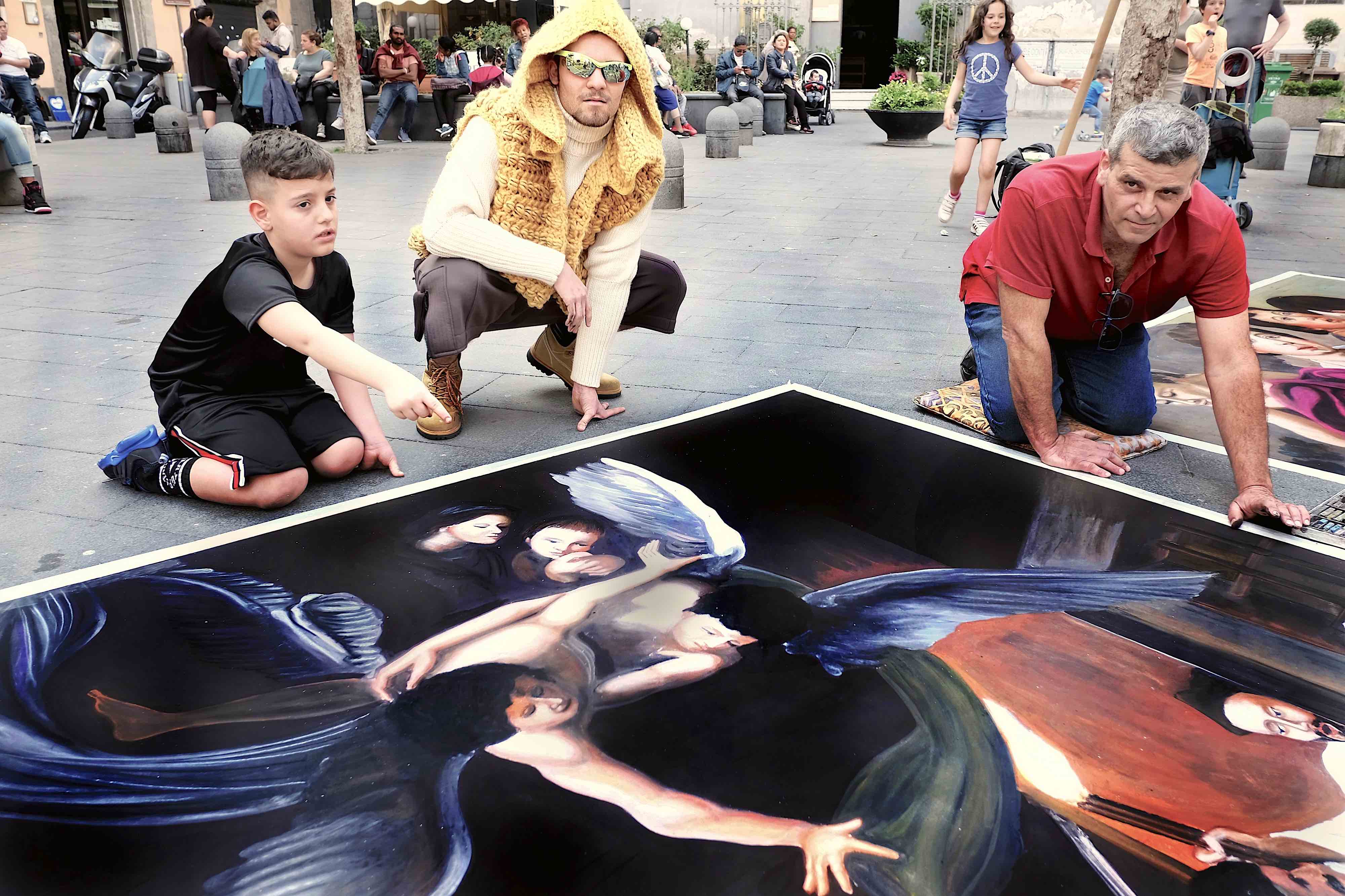
Napoli Fashion on the Road. Lately host of some of the main national newspapers such as Rai, Repubblica.it, CDS, Corriere del Mezzogiorno, Il Mattino etc; The promising and valid Neapolitan project, sponsored by the Campania Region and the Municipality of Naples, whose respective councils for tourism and culture, have proved to be highly enthusiastic, from this innovative idea, has now extended its media penetration also in the international field , with the purpose of consecrating Naples as the “world capital of fashion”.
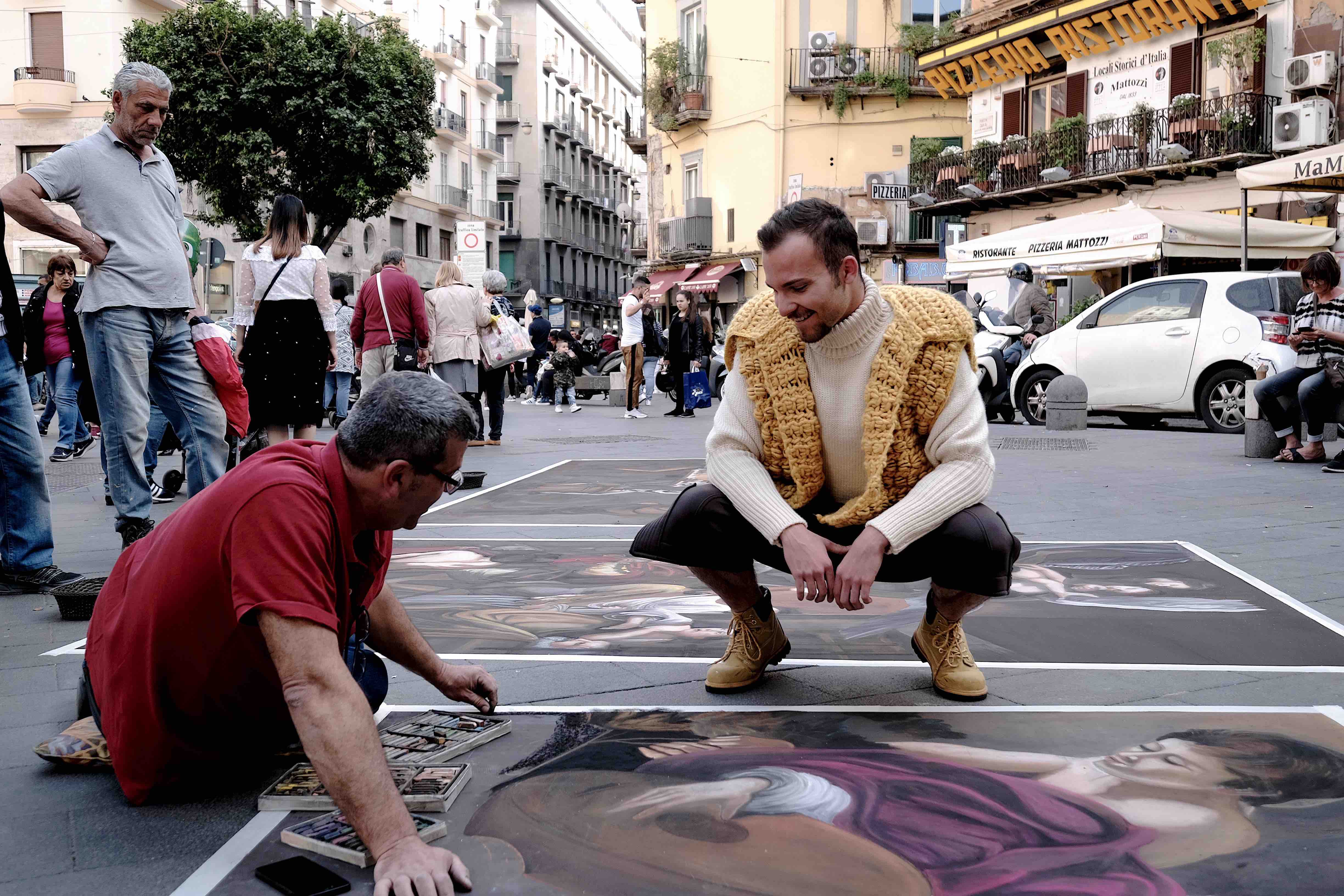
In this sense, a long and fruitful collaboration with stylists and artists of world renown has been started for some time, providing for interviews and photos taken in the most characteristic and folklore places of the whole Campania region.
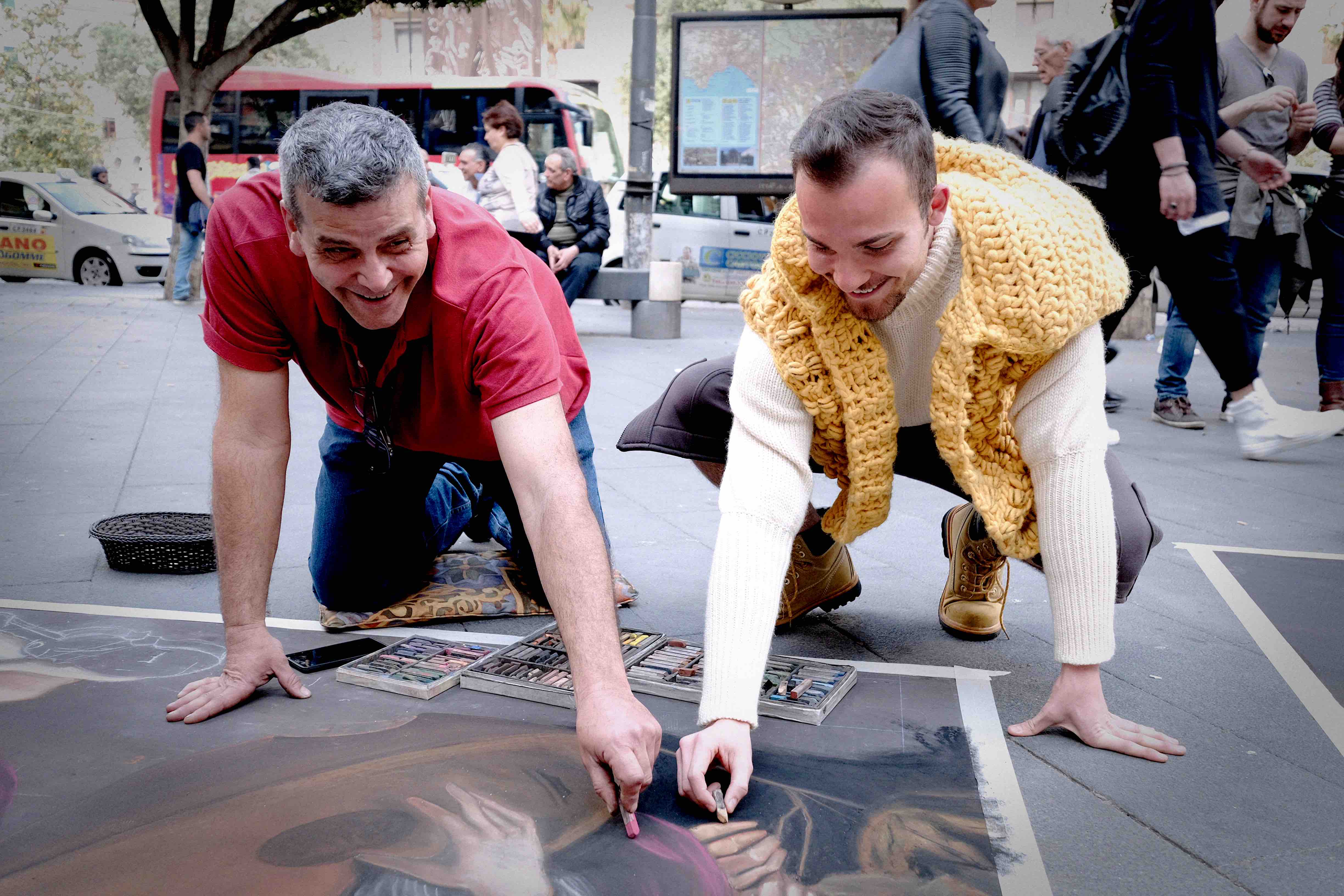
After the district of Santa Chiara with its unmistakable “Pallonetto” and the typical alleys that intersect there, for the eleventh stage, the choice fell on the district of Pignasecca, originally the oldest market in Naples located in the belly of the city, near the famous Quartieri Spagnoli and behind the busy and crowded via Toledo.
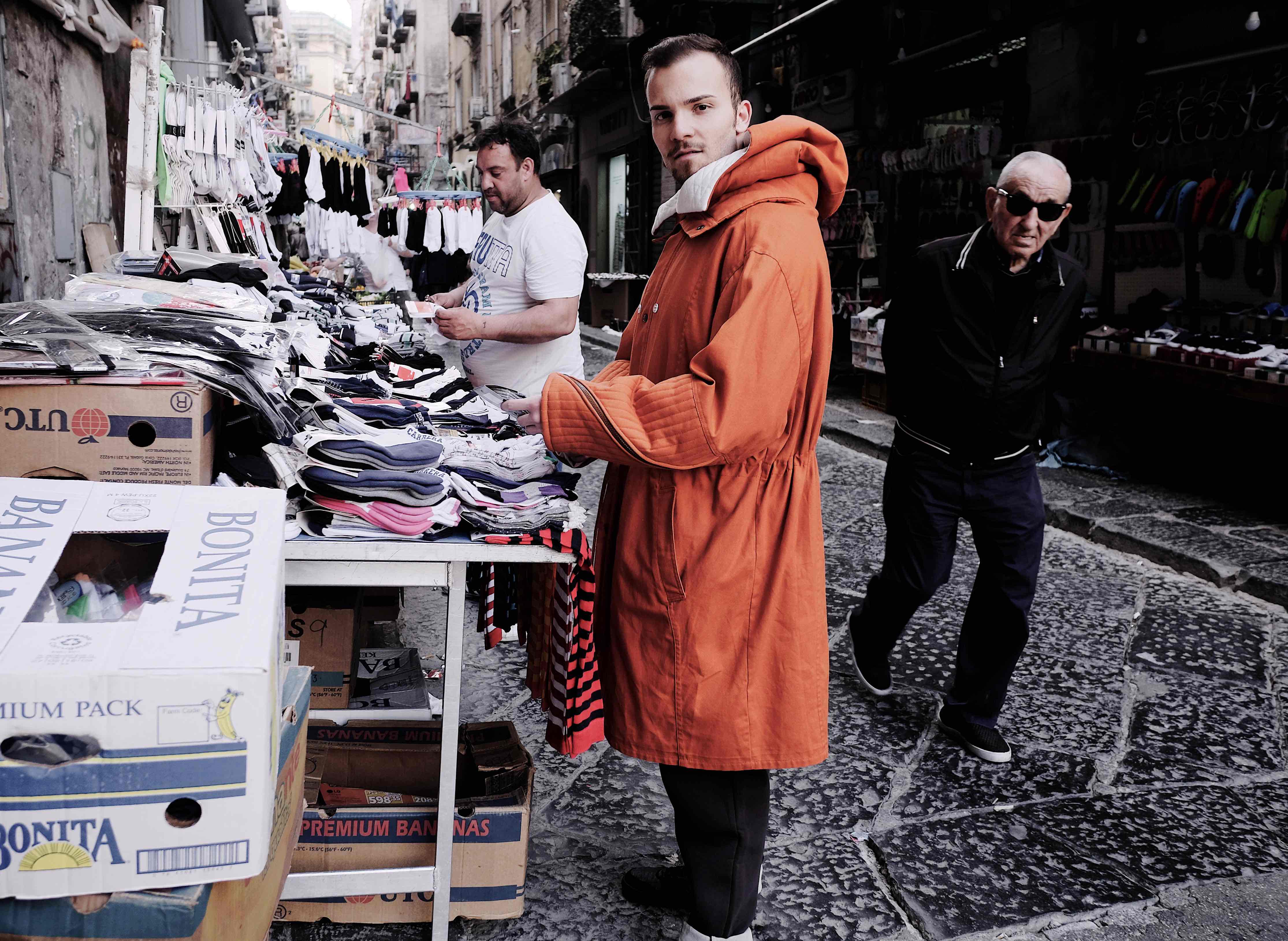
And just there, just a few steps from the sea, from that Tyrrhenian that has bathed for centuries the inlet between the Flegrea peninsula and the Sorrentine peninsula, the brilliant idea of using a suggestive and particular bridge to unite in a single stroke the ” Campania felix ” with the Mediterranean, represented by the historic and small island of Malta, whose capital city of Valletta, was elected just this year, as” European capital of culture “.
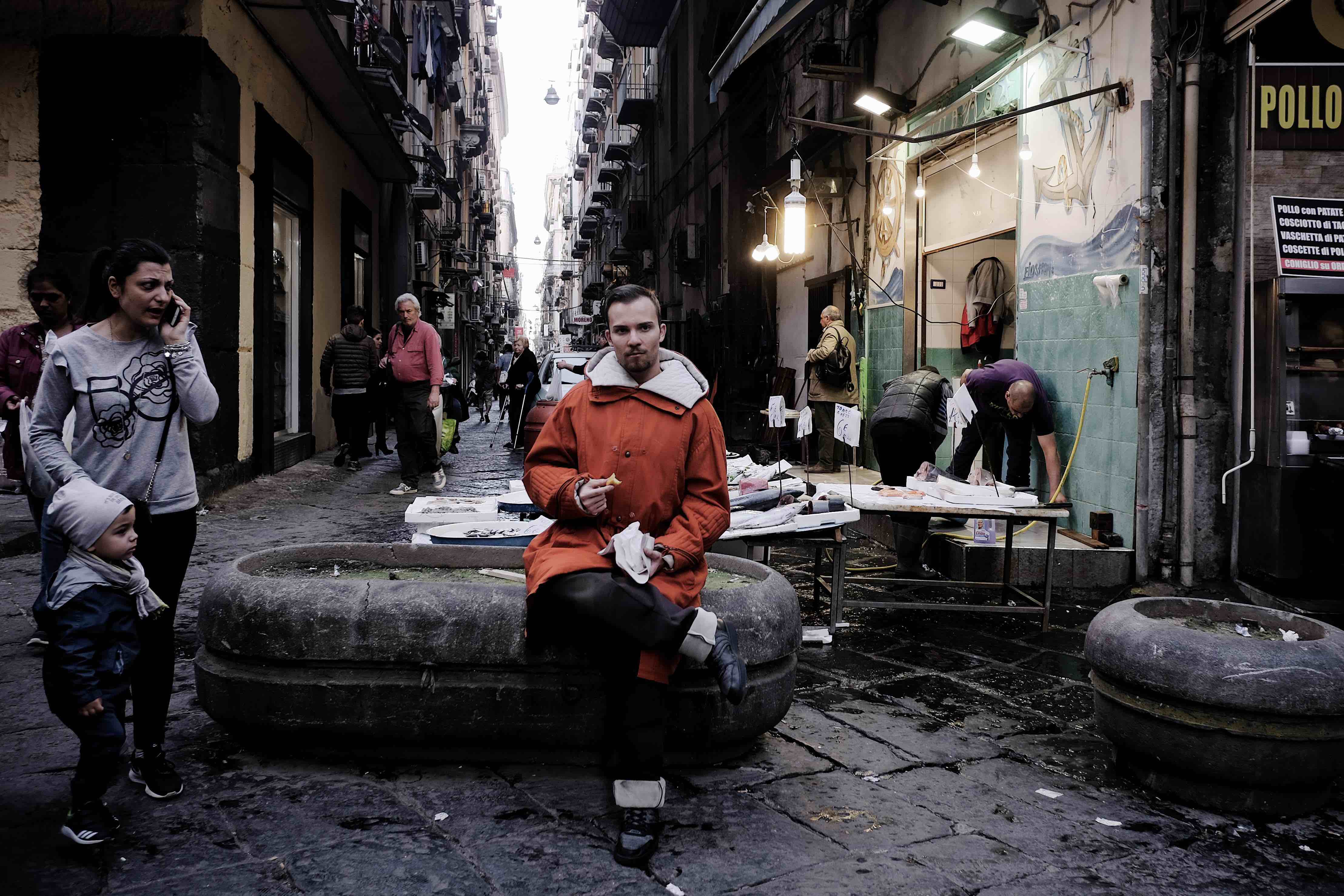
In this stage we wanted to merge in the places, a noble art that of the Madonnari true street artists who with their skilful mastery that is handed down from generation to generation, paint on the asphalt real masterpieces with only colored chalks . At work since the distant 1500, the latter traveled up and down throughout the country, painting on the facades of several monuments that arose in the Renaissance period. They were so called, because they usually used to depict on the sidewalks, the Madonna who saw on the paintings of the churches and moved from city to city, following the calendar of local religious festivals.
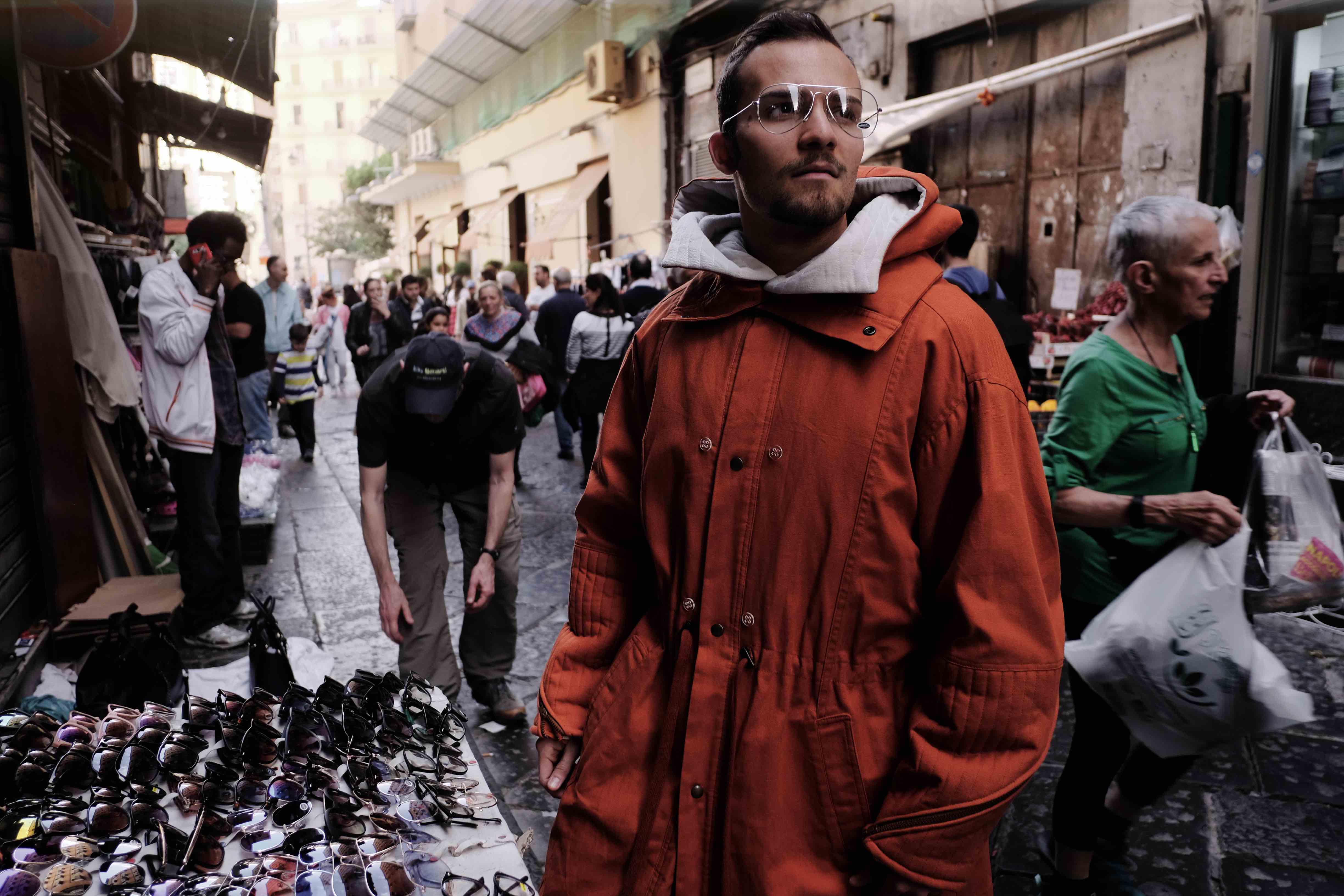
Thanks, in fact, to the collaboration of one of the great masters “Madonnari” of Naples, we defined the artistic trait-d’union with the Island of Malta, through the representation of three masterpieces of an artist who left an indelible mark in the two countries so close both from a cultural and artistic point of view: we are talking about the great Caravaggio. With a talent to say the least enviable, the “Madonnaro” Gennaro Troìa, has tried to copy “The seven works of Mercy”, the “Vocation of St. Matthew” and the “Musics”, three of the most famous paintings of the painter Lombard that has contributed in the past to make great even the small Republic of Malta not far from Sicily and once known for being one of the main outposts of the Crusades, embellishing the Cathedral of St. John the Baptist with the “Decollation of St. John the Baptist” and “San Girolamo Penitente”.
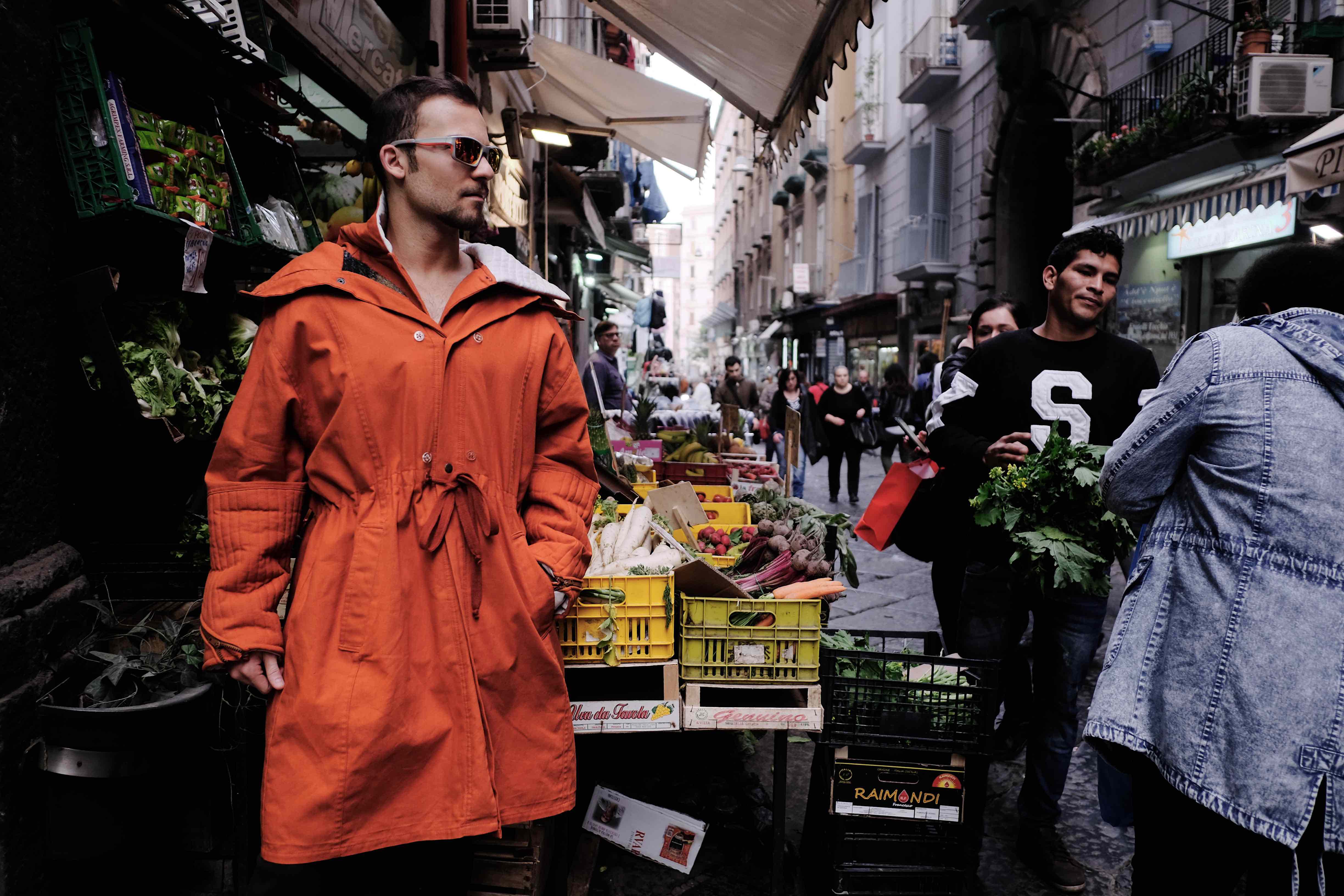
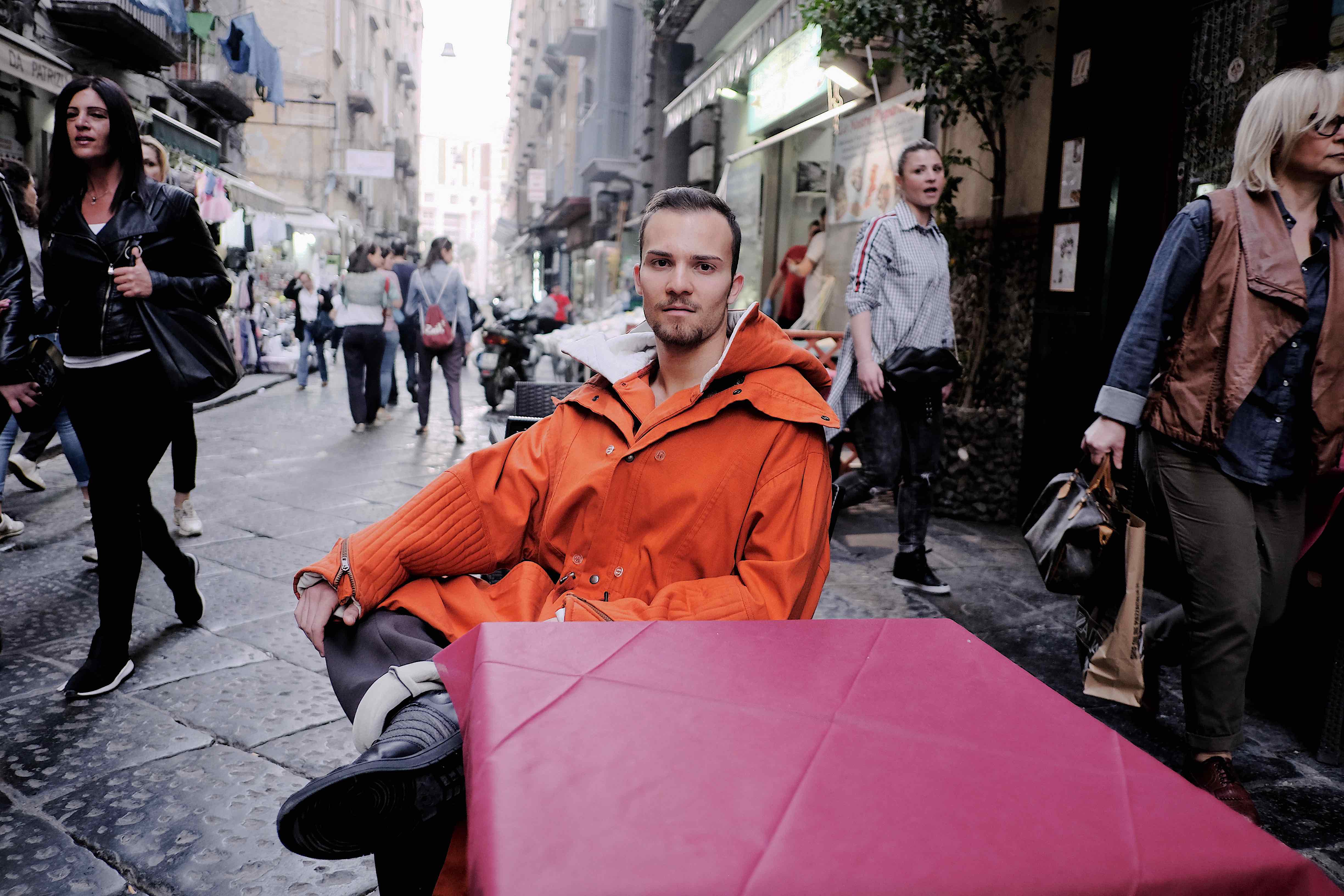
Not only, however, art. To make the connection between the two cultures more stable, there is also fashion for which on the occasion of the 11th stage of Naples Fashion on the Road, was chosen as the standard bearer of the Maltese archipelago set in the Mediterranean, the twenty-six year old designer Rosemarie Abela. Originally from Siggiewi, a small town a few miles from the capital Valletta, the young artist graduated in 2014 at the School of Polimoda in Florence, immediately showing off all her talent. In the same year, he immediately received an award as best designer at the “Mercedes-Benz Fashion Week” in Malta and enthusiastically, by the prestigious award, he soon opened his own atelier, specializing in tailor-made garments.
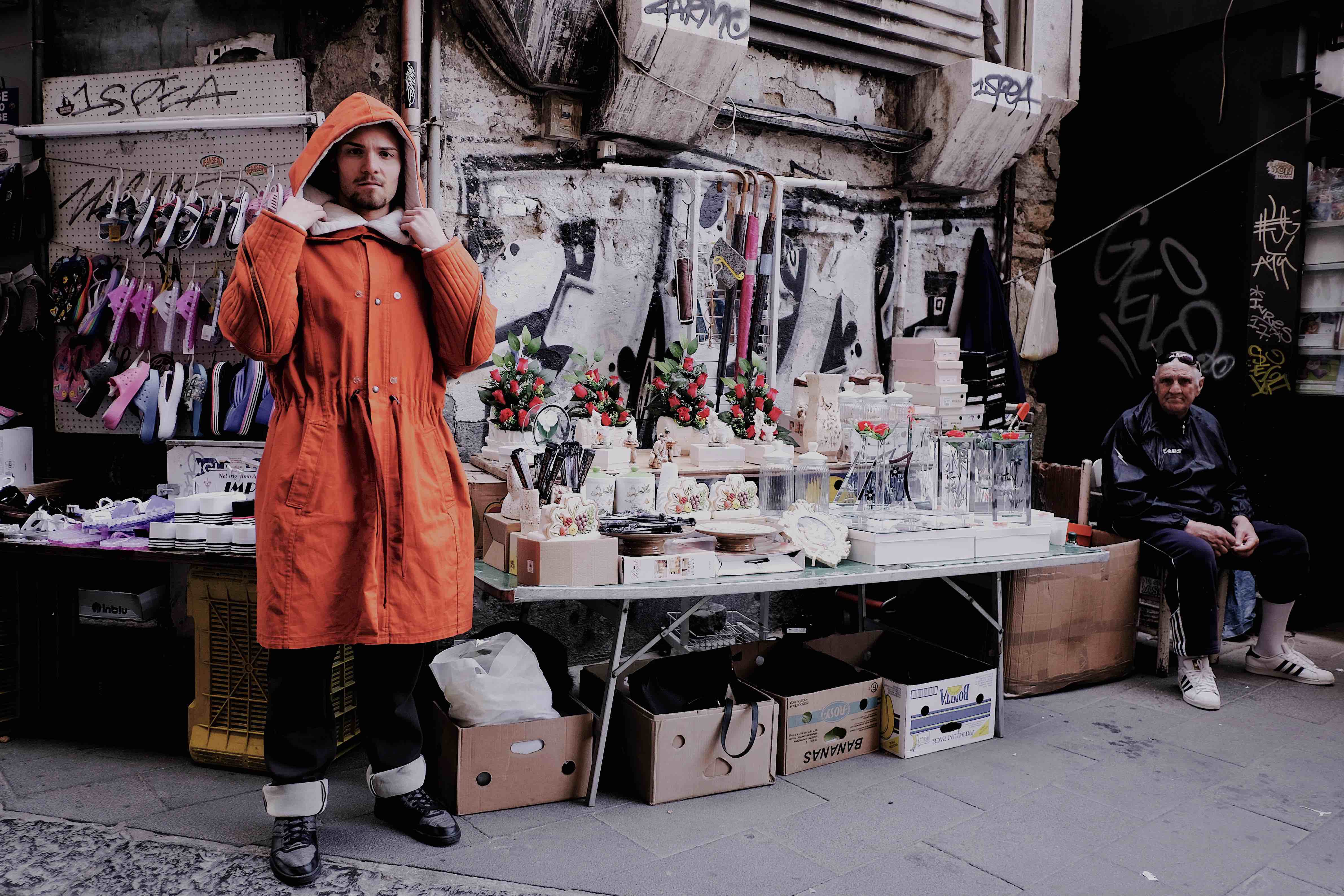
The exoticism of the heads of Rosemarie Abela has merged, then with the flavors, the smells and the colors and above all the people of a Neapolitan neighborhood so much folklore as “La Pignasecca“, giving rise to that meltin’pot between the two cultures that it was the main objective of this eleventh stop in Napoli Fashion on the Road.

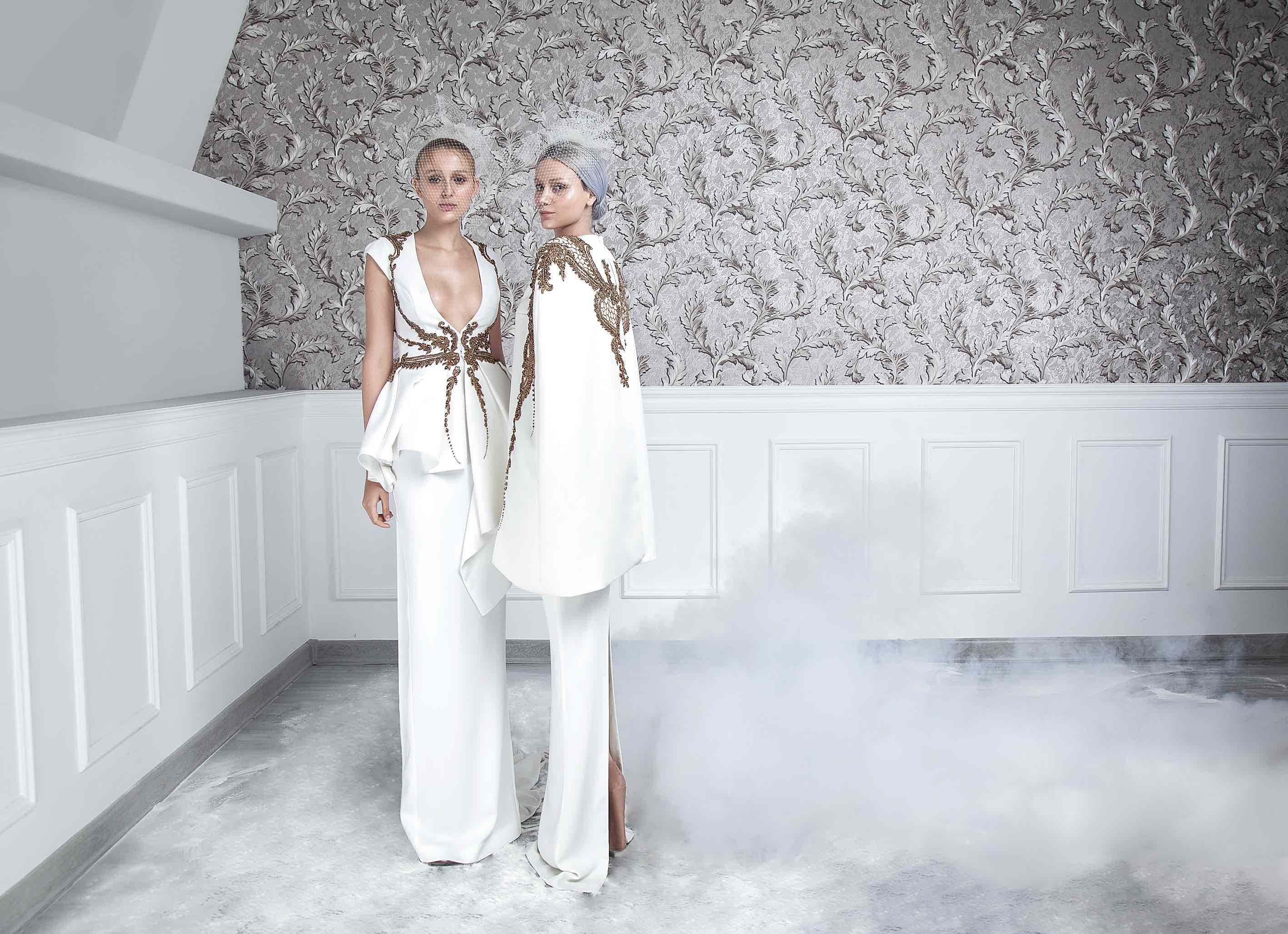

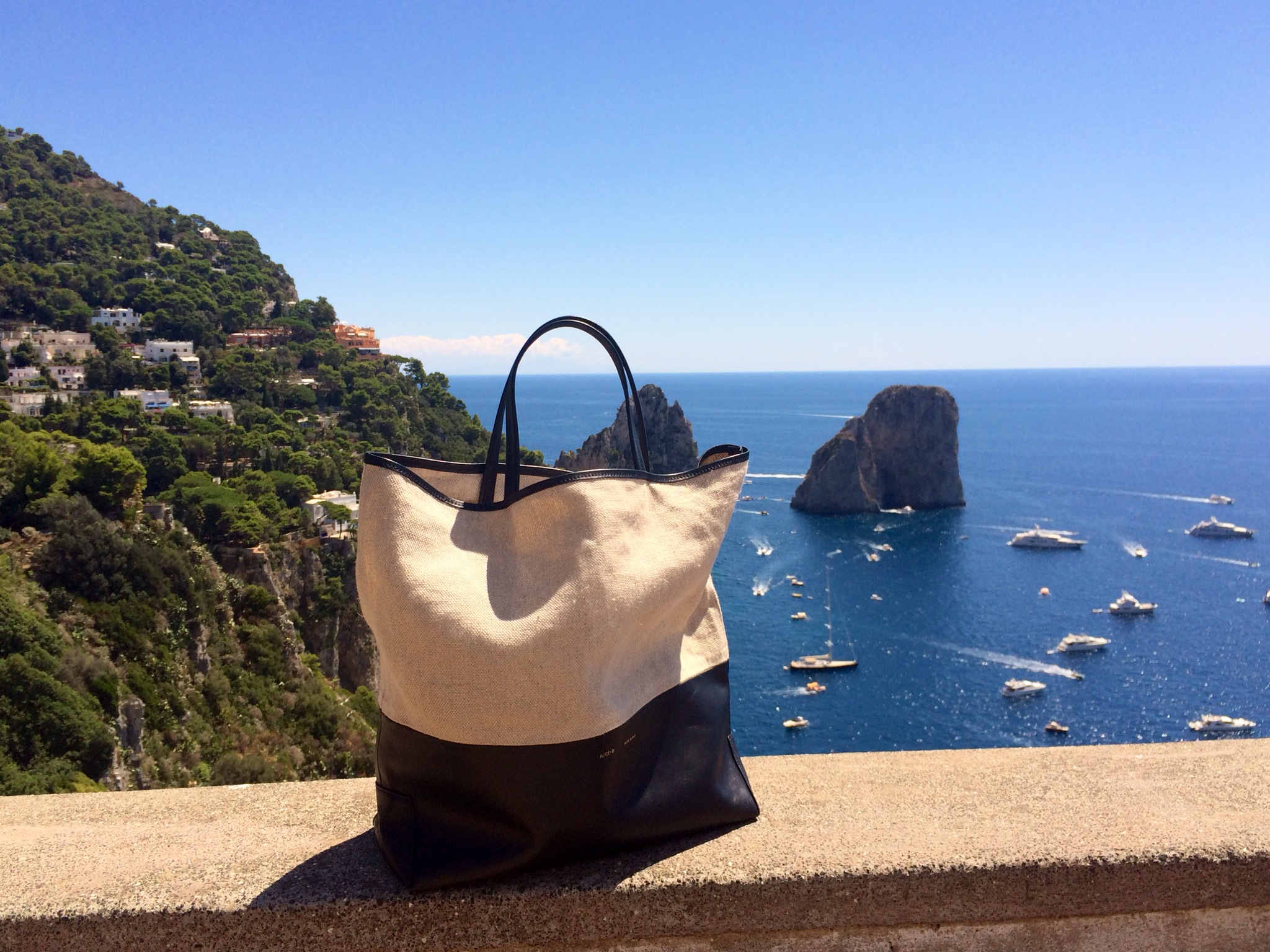
2 thoughts on “Napoli fashion on the road”